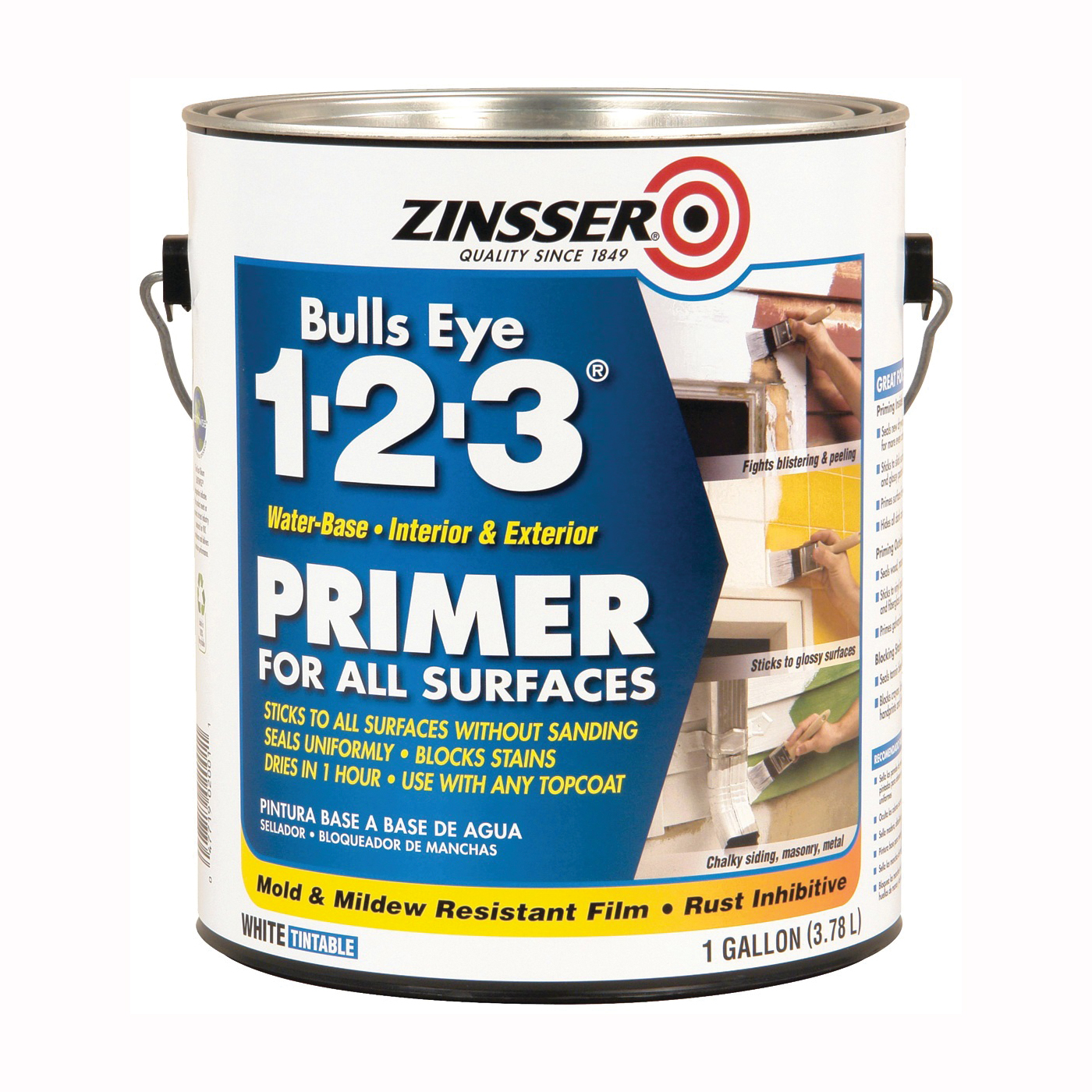Benefits of Using Primer
Have you ever wondered how professional painters get that incredible coverage with paint, even if they are painting a light color on top of a dark wall? There is one key ingredient to their success that can take your DIY paint project from looking good to looking great – primer! Pros understand the benefits this extra step brings like creating a smoother coverage and using less paint. Let’s explore what other benefits paint primer has to offer!
Hides Stains and Block Odors
 One
of the biggest benefits of using primer while renovating or repainting a wall is its ability to cover up previous stains and lingering odors. If your kids decided to color on the wall with crayons and markers, primer can quickly cover that up so marks
won’t show through the fresh coat of paint. Sometimes when you buy a house, there can be strange smells that have seeped into the walls. Maybe the previous owner had pets, was a smoker or just used strong scents throughout the house. Primers
like Kilz® and Zinsser® can cover those smells up with ease. Specialized
primers can even kill mold, mildew and destroy odor causing bacteria.
One
of the biggest benefits of using primer while renovating or repainting a wall is its ability to cover up previous stains and lingering odors. If your kids decided to color on the wall with crayons and markers, primer can quickly cover that up so marks
won’t show through the fresh coat of paint. Sometimes when you buy a house, there can be strange smells that have seeped into the walls. Maybe the previous owner had pets, was a smoker or just used strong scents throughout the house. Primers
like Kilz® and Zinsser® can cover those smells up with ease. Specialized
primers can even kill mold, mildew and destroy odor causing bacteria.
Helps Paint Adhere to Glossy Surfaces
Have you ever painted something only to have issues with the paint chipping, peeling or falling off? Many surfaces, such as metal, enamel, high-gloss paint and plastic, can be a real challenge to paint. This happens because the paint simply doesn’t have anything to hold on to. Glossy and ultra-smooth surfaces prevent the paint from firmly adhering when it dries and can cause all kinds of headaches. One of the purposes of primer is to coat the area with the proper anchors for the paint.
Seals Porous Materials
If you are painting new drywall or unfinished wood without primer, did you know you’re wasting paint? Because these surfaces are porous, they absorb paint. This means you have to use more coats of paint to get the color right. Using primer on porous materials seals the surface so you can use less paint and get better results.
Hides Drywall Repair Jobs
Fixing a hole in your drywall is the first step to making your wall look like new. If you don’t prime that drywall first though, it doesn’t matter how many coats of paint you use – you’ll still be able to see where the patch is. By overlapping primer on the patch and surrounding wall, you are giving the paint an even and consistent surface to cover. Now nobody will ever know that your kids accidentally wrestled into the wall!
Increases Paints Performance, Durability and Coverage
Arguably, the most important function of primer is the longevity and performance that it brings the paint. Primer allows paint to cover a larger surface area and use fewer coats – even if you are painting a bold navy blue wall back to a calming
light tan. Since the primer gives the paint an ideal surface to stick to, it enhances the durability of the paint, resulting in fewer cracks and less peeling over time.
While priming before you paint is an extra step, it is certainly worth the
effort. It can save you many headaches and help your masterpiece last a long time. Now it’s time to get your project started!






